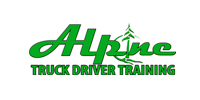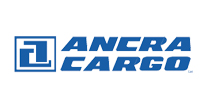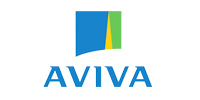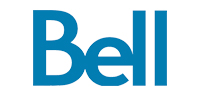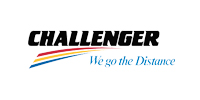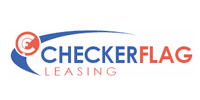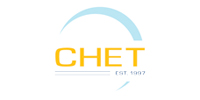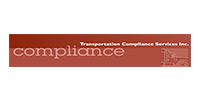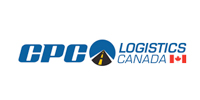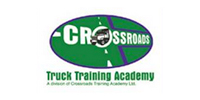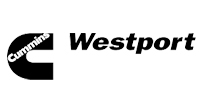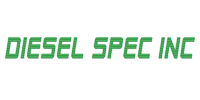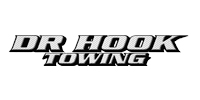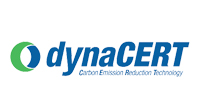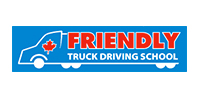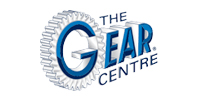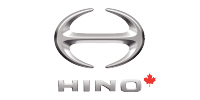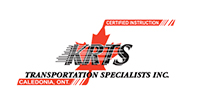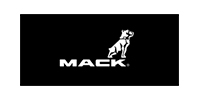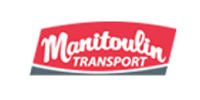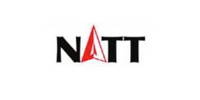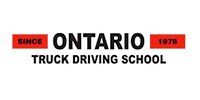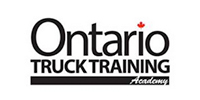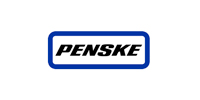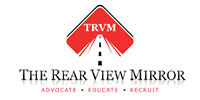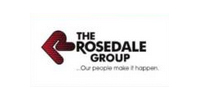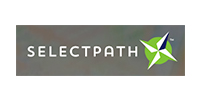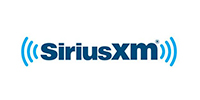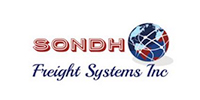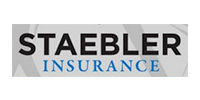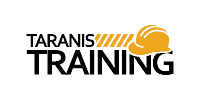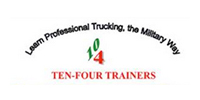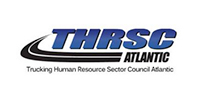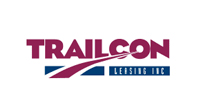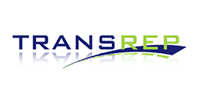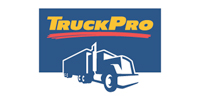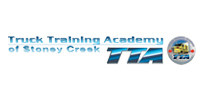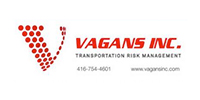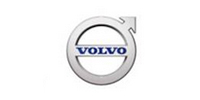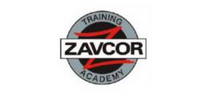EOBRs helped Hensall reach key targets … once drivers began to earn incentives
Driver-monitoring technologies may lead to better performance in the short term, but those improvements may be short-lived unless drivers see a benefit.
That was what Hensall District Cooperative discovered when deploying Electronic On-Board Recorders (EOBR) across its fleet of 74 highway trucks. The southern Ontario company began installing the devices in October 2011 to measure idle time, speed and harsh braking events.
“Our plan from the start was to provide a driver bonus program to those meeting or exceeding the standard,” said Mike Millian, who oversees driver and vehicle safety in the fleet.
Driver behaviour improved immediately after the devices were installed, but the improvements soon “flatlined”, he said. Shortly thereafter, some of the early gains were lost. Millian thinks it was because drivers didn’t see the benefits.
It took nine months to establish the program’s meaningful targets and rewards.
“If you are going to do a bonus program, you have to make sure of two things,” Millian explained. “One, that the bar is not set so high that no one can achieve it. And don’t set it so low that everybody can achieve it without putting any effort into it whatsoever.”
The incentive program was rolled out in December 2012. To qualify, drivers had to average at least 800 kilometres per week. The maximum bonus that could be achieved was $25 per week, paid quarterly. Driver stats were tracked and shared regularly, so drivers could monitor their performance.
Any at-fault collision or CVOR (Ontario Commercial Vehicle Operator’s Registration) infraction wiped out a driver’s bonus for that quarter. Harsh-braking incidents resulted in a 20% cut to a particular week’s bonus, although Millian said drivers had the opportunity to call in and explain extenuating circumstances. “If you tell me you had a harsh brake because a car cut you off or a kid ran out onto the road, obviously I want you to hit the brakes,” he said. “Call me and explain it to me and we’ll remove it. But if the same driver has 10 harsh brakes every week, we’re going to start not to believe your stories.”
Hensall also set a pre-determined idle-time limit for each division, based on routes, loads, and other factors. Exceeding that target cost a driver 40% of a week’s available bonus.
When measuring speed, Millian said the company provided a 10 km-h grace window, meaning a driver wouldn’t trigger an alert unless they hit 91 km-h in an 80 km-h zone.
Drivers are now given weekly, monthly and quarterly scorecards showing them how they perform against the fleet baselines. With the incentive program in place, the results were more pronounced and sustained than when the devices were first installed.
Prior to the bonus program being put in place, Hensall’s average idle-time was 13.9% and the kilometres travelled per speeding notice was 329. From January 5 to March 29, idle time decreased to 11.5% and the kilometres per speeding notice climbed to 601 km. From March to May, idle time once again declined to 9.6% (warmer weather helped) and the kilometres per speeding notice climbed to 676 km.
Improvements have continued since then, with idle time dropping to 8.6% since May and kilometres per speeding notice up at more than 900 km.
“It has had a good effect on our drivers,” Millian said.



